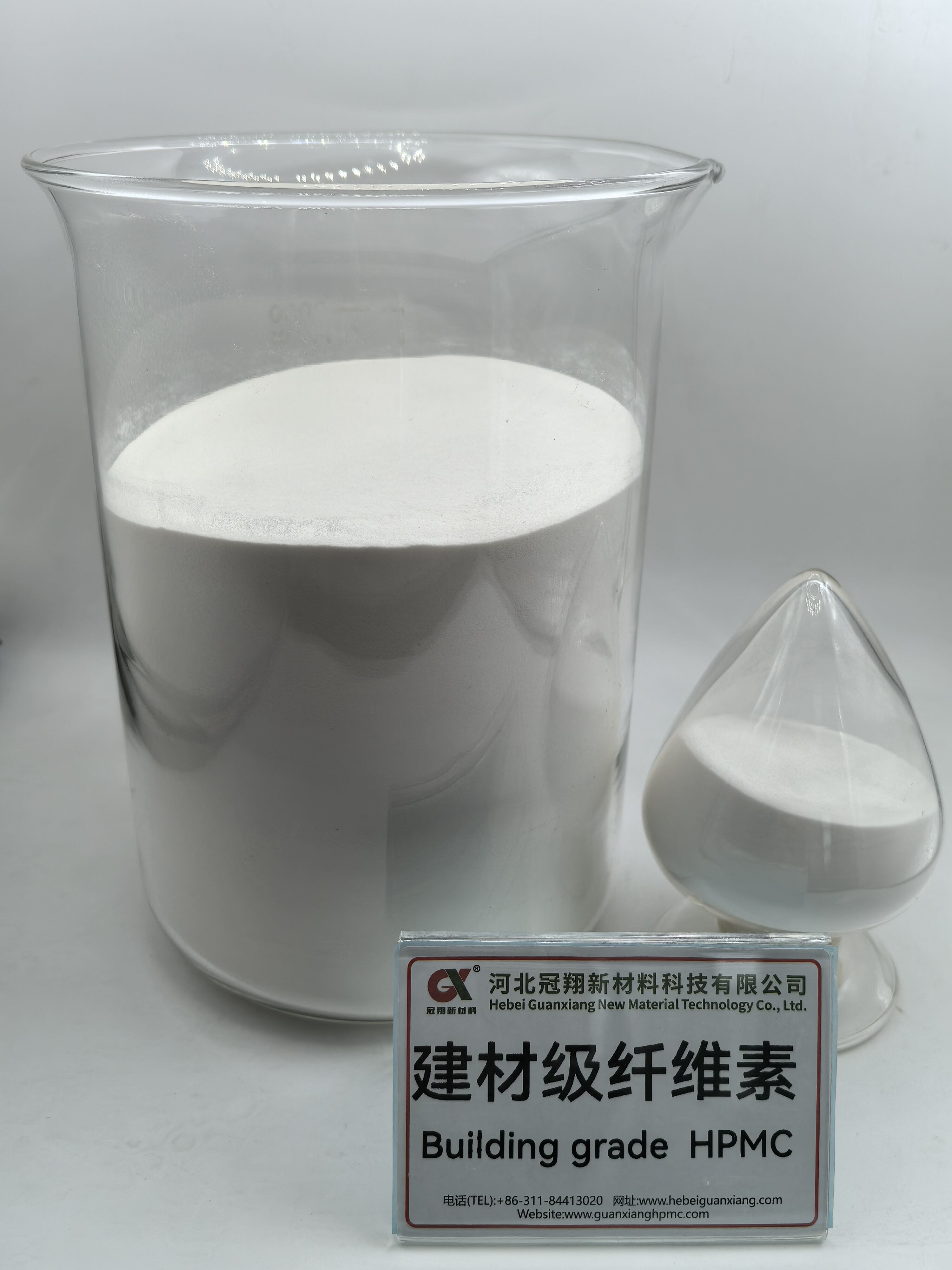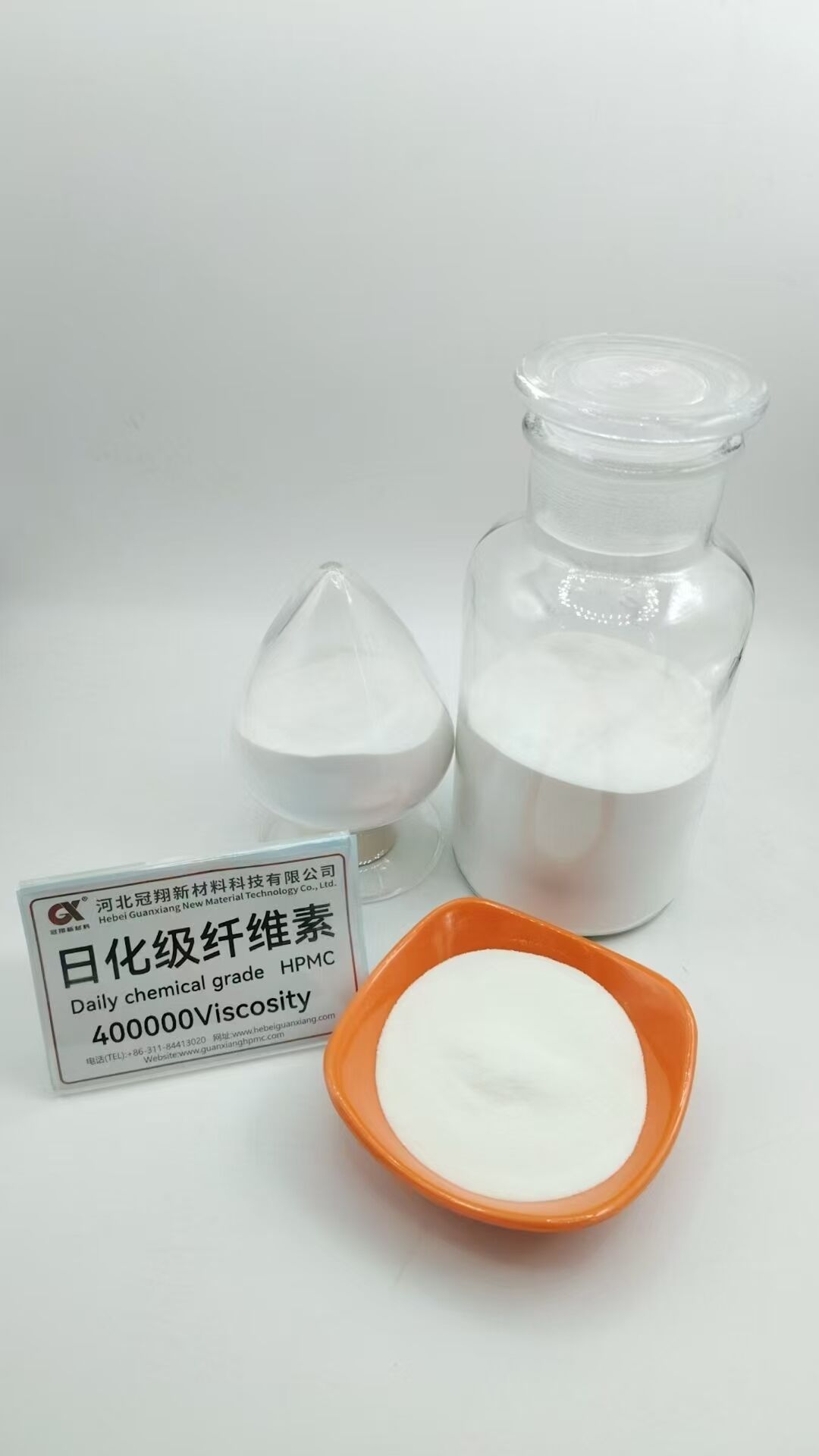Разумевање револуционарног утицаја целулозе у модерним керамикама
Evolucija keramičkih materijala napravio je značajan napredak uz uvođenje celuloze keramičkog kvaliteta, inovativnog aditiva koji transformiše pristup industrije snazi i izdržljivosti. Ova inovativna kombinacija materijala spaja prirodne osobine celuloze sa naprednom keramičkom tehnologijom, stvarajući proizvode koji nadmašuju tradicionalne standarde performansi. Dok industrije nastavljaju da zahtevaju robusnija i održivija rešenja, celuloza keramičkog kvaliteta pojavila se kao revolucionarni sastojak u modernoj proizvodnji keramike.
Наука иза целулозе керамичког квалитета
Молекулска структура и својства
У својој основи, целулоза керамичког квалитета поседује јединствену молекулску структуру која је чини идеалном за примену у керамици. Полимери целулозе дугог ланца стварају замршenu мрежу у оквиру керамичке матрице, обезбеђујући изузетна везујућа својства. Ови молекулски ланци се преплићу са честицама керамике, стварајући јаке мостове који побољшавају општу структурну интегритет материјала.
Природна кристалност целулозе керамичког квалитета доприноси њеним изразитим карактеристикама чврстоће. Када се правилно интегрише у керамичке формуле, ове кристалне области делују као тачке армирања, слично као шипкови од челика у армираном бетону. Ова молекулска аранжман омогућава бољу дистрибуцију напона кроз материјал, што резултира надмоћним механичким својствима.
Методе прераде и интеграције
Укључивање целулозе керамичког квалитета у керамичке материјале захтева прецизне технике обраде. Произвођачи морају пажљиво контролисати факторе као што су расподела величине честица, садржај влаге и параметри мешања како би постигли оптималне резултате. Влакна целулозе обично се једнолико диспергирају кроз керамичку матрицу током првобитне фазе мешања, осигуравајући конзистентно побољшање својстава кроз цео коначни производ.
Развијене су напредне методе обраде ради максимизирања интеракције између целулозе керамичког квалитета и керамичких честица. Ове технике често укључују специјализовану опрему и пажљиво надзирани услове како би се очувала структурна интегритет целулозе, истовремено остварујући одговарајућу дистрибуцију унутар керамичког тела.
Побољшана својства материјала и користи у перформансама
Побољшања механичке чврстоће
Dodavanje celuloze keramičkog kvaliteta značajno povećava mehanička svojstva keramičkih materijala. Ispitivanja su pokazala izuzetna poboljšanja savojne čvrstoće, pri čemu neke formulacije pokazuju povećanje otpornosti na savijanje do 40%. Ovo poboljšanje posebno je važno u primenama gde keramika mora da podnosi značajna fizička opterećenja ili ponavljajuće cikluse opterećenja.
Otpornost na udar takođe se znatno poboljšava kada se celuloza keramičkog kvaliteta doda u sastav materijala. Vlakna celuloze deluju kao zaustavljači pukotina, sprečavajući širenje mikropukotina koje bi inače mogle dovesti do katastrofalnog otkaza. Povećana tvrdoća produžava vek trajanja keramičkih komponenti i poboljšava njihovu pouzdanost u zahtevnim primenama.
Izdržljivost i dug vek trajanja
Ćeluloza keramičkog kvaliteta značajno doprinosi dugoročnoj izdržljivosti keramičkih proizvoda. Materijal pokazuje odličnu otpornost na spoljašnje faktore, uključujući promene temperature i izloženost hemikalijama. Ova poboljšana izdržljivost prevodi se u smanjene zahteve za održavanje i duže intervale servisiranja keramičkih komponenti u različitim primenama.
Sposobnost materijala da sačuva svoj strukturni integritet tokom vremena učinila ga je posebno vrednim u primenama gde je zamena ili pristup održavanju ograničen ili skup. Industrije od građevinarstva do vazduhoplovstva prepoznale su ove prednosti i sve češće uključuju ćelulozu keramičkog kvaliteta u svoje specifikacije materijala.

Примене у различитим индустријама
Изградња и грађевински материјали
Грађевинска индустрија је прихватила целулозу керамичког квалитета због њене способности да побољша перформансе грађевинских материјала. Од подних плочица до структурних елемената, додавање овог иновативног материјала резултовало је производима који боље издржавају захтеве модерне изградње. Побољшани однос чврстоће и тежине омогућава развој лакших, али истовремено издржљивијих грађевинских делова.
Архитектонске керамике које укључују целулозу керамичког квалитета показале су изузетну отпорност на временске прилике и хабање, што их чини идеалним за унутрашњу и спољашњу употребу. Ови материјали задржавају свој изглед и структурни интегритет чак и у неповољним условима, обезбеђујући трајну вредност за грађевинске пројекте.
Индустријска и техничка примена
У индустријским условима, целулоза керамичког квалитета има бројне примене у техничкој керамици. Побољшана својства материјала чине га погодним за компоненте који су изложени екстремним условима, као што су високе температуре или корозивне атмосфере. Процеси производње су оптимизовани како би се добијали конзистентни делови високог квалитета који испуњавају строге индустријске спецификације.
Аеропросторсна и аутомобилска индустрија посебно су имале користи од развоја керамичких компонената које укључују целулозу керамичког квалитета. Овим секторима потребни су материјали који комбинују лаку конструкцију са изузетном чврстоћом и издржљивошћу, због чега је ова иновација посебно вредна за њихове примене.
Разматрања одрживости и животне средине
Eko-prijateljske Metode Proizvodnje
Proizvodnja celuloze keramičkog kvaliteta u skladu je sa sve većom ekološkom svesti u proizvodnji. Prirodno poreklo materijala i obnovljivi izvori čine ga ekološki odgovornim izborom u odnosu na sintetičke alternative. Proizvođači su razvili održive metode obrade koji minimiziraju potrošnju energije i smanjuju uticaj na životnu sredinu.
Integracija celuloze keramičkog kvaliteta često omogućava niže temperature pečenja u proizvodnji keramike, što rezultuje smanjenjem potrošnje energije i emisija ugljenika. Ova ekološka prednost dodatno povećava privlačnost materijala za kompanije posvećene održivim proizvodnim praksama.
Procena uticaja tokom životnog ciklusa
Анализа комплетног животног циклуса производа који садрже целулозу керамичког квалитета показује повољне параметре у односу на заштиту животне средине. Од набавке сировина до уклањања по завршетку употребе, ови материјали имају мањи утицај на животну средину у поређењу са традиционалним керамичким формулацијама. Повећана издржљивост ових производа додатно доприноси њиховим еколошким предностима, смањујући учесталост замене.
Биодеградабилност целулозних компонената пружа додатне еколошке предности по завршетку животног циклуса производа. Ова карактеристика усклађена је са принципима круге економије и помаже у минимизирању дугорочног утицаја керамичких производа на животну средину.
Često postavljana pitanja
Шта чини целулозу керамичког квалитета различитом од стандардне целулозе?
Ћелијулоза керамичког квалитета подвргава се специјалној обради и пречишћавању ради постизања одређене дистрибуције величине честица и нивоа чистоће погодних за примену у керамици. Материјал има тачно контролисане особине које омогућавају оптималну интеграцију са керамичким матрицама, истовремено очувавајући карактеристике које побољшавају чврстоћу.
Како ћелијулоза керамичког квалитета утиче на процес производње?
Увођење ћелијулозе керамичког квалитета захтева прецизну контролу параметара мешања и услова обраде. Иако може захтевати одређене измене стандардних процедура производње, добијени бенефити у перформансама производа обично оправдавају све измене у процесу.
Колики се век трајања очекује од керамике која садржи ћелијулозу керамичког квалитета?
Proizvodi proizvodi koji uključuju celulozu keramičkog kvaliteta uglavnom pokazuju duži vek trajanja u odnosu na tradicionalne keramičke materijale. Stvarni vek trajanja zavisi od specifičnih uslova primene, ali poboljšanja u pogledu izdržljivosti i otpornosti na pucanje obično rezultiraju znatno dužim životnim ciklusom proizvoda.
 EN
EN
 AR
AR
 CS
CS
 DA
DA
 NL
NL
 FI
FI
 FR
FR
 DE
DE
 EL
EL
 HI
HI
 IT
IT
 JA
JA
 KO
KO
 NO
NO
 PL
PL
 PT
PT
 RO
RO
 RU
RU
 ES
ES
 SV
SV
 IW
IW
 ID
ID
 SR
SR
 SK
SK
 UK
UK
 VI
VI
 HU
HU
 TH
TH
 TR
TR
 AF
AF
 MS
MS
 CY
CY
 IS
IS
 BN
BN
 LO
LO
 LA
LA
 NE
NE
 MY
MY
 KK
KK
 UZ
UZ


